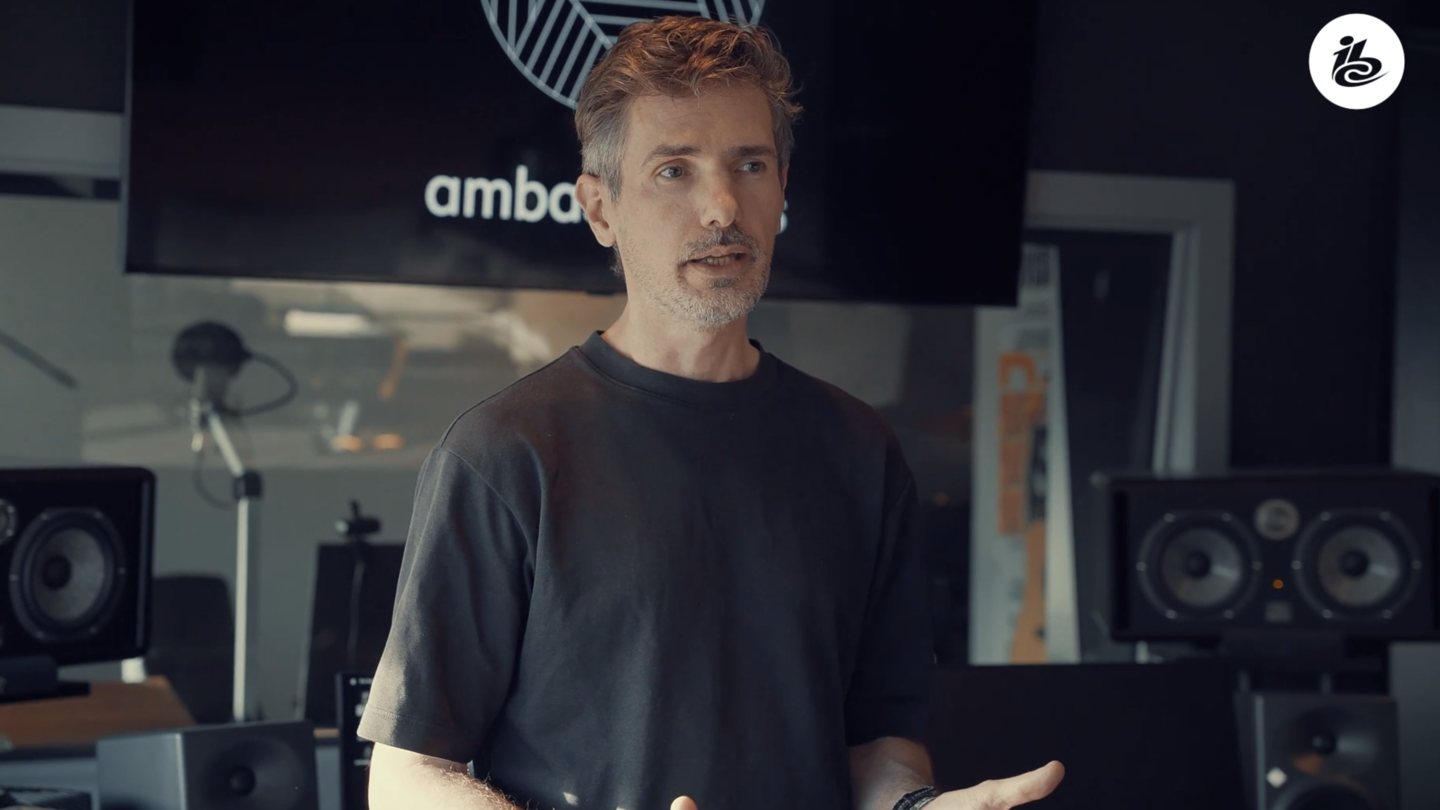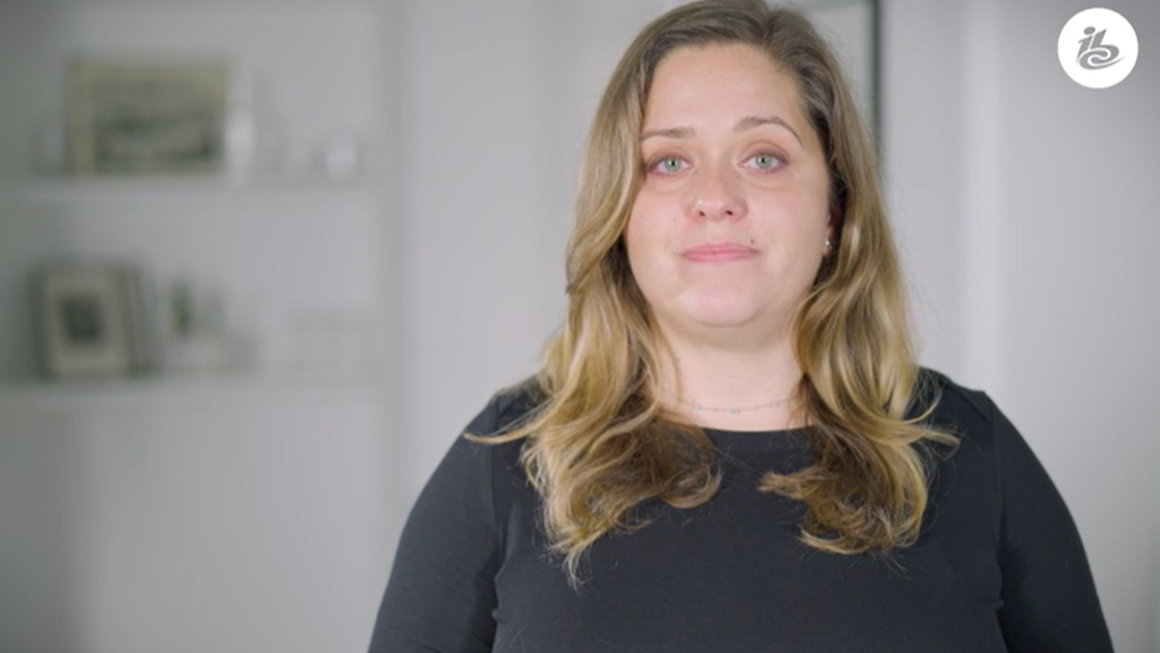What are the limits for using GenAI in production and how capable is it of creating skilled and engaging content? IBC365 learns more about the recent findings from Pact’s AI working group.
It feels like the dust has settled on the detonation of ChatGPT-4 and v1 text-to-video tools and it’s now time for the adults in the room to take stock.
“We shouldn’t be rushing to the pitchforks but thinking through carefully and having an adult discussion about how we use it and how we disclose it,” says John McVay, CEO of UK-based producer’s association Pact. “It’s about having grown-up conversations with everyone in the creative value chain about what is understood in terms of consent and permission and transparency.”
McVay was speaking following Pact’s publication of guidelines and principles for its members on the implications of using generative AI for TV and film projects.
He is the first to admit that the technology generates more questions than answers.
“We’re not saying it’s going to be easy – but...
You are not signed in
Only registered users can read the rest of this article.

MovieLabs: Creating an industry-aligned vision for the future of media creation
How MovieLabs is building on two decades of development in film and television to help guide the future of media creation.

CES 2026: “The ChatGPT moment for physical AI is nearly here”
Passive language-based text-to-video models are so last year. From the enterprise to the home to the creative suite, the future is multi-modal AI capable of massive three-dimensional world building and physical interaction.

Multi-camera live virtual production on a broadcast budget
German broadcaster SWR claims a world first live multi-camera virtual production with potential learnings for broadcasters everywhere.

M&E predictions and analysis: “It's going to be an exciting decade”
Four top media analysts reveal their data-backed assessments of 2025, as well as their predictions for 2026 and beyond.

IBC Accelerators in review: From ideas to prototypes to blueprints for the future
IBC2025’s Accelerator cohort delivered some of the most ambitious demonstrations yet, featuring AI-driven production workflows, a radical rethinking of ultra-low latency streaming, and even live private 5G networks flying in an ultralight aircraft. IBC365 hears from a handful of projects to learn about life after the show.



